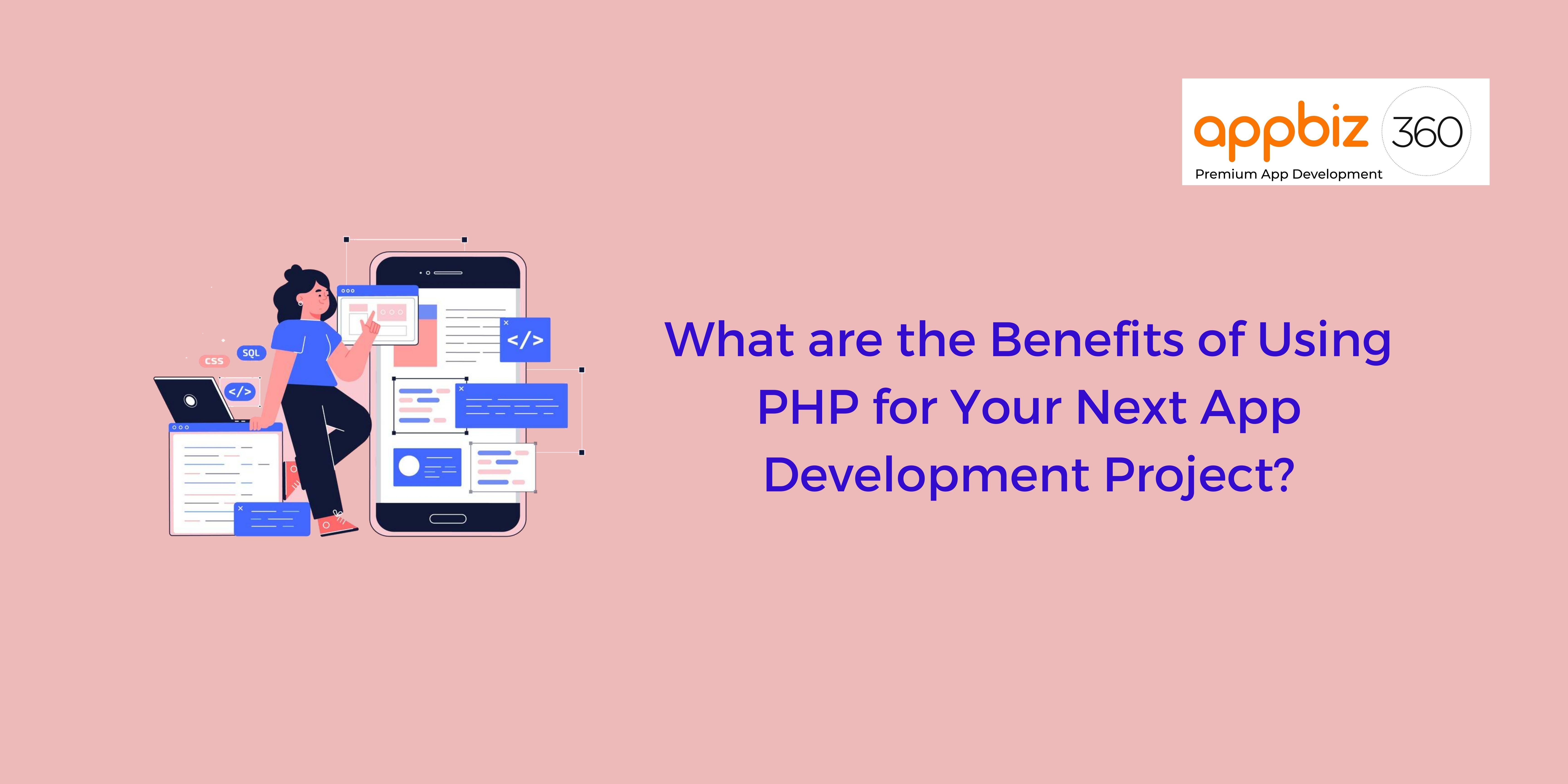Follow Us
Mobile App Development
Worried About App Security? Learn 5 Steps to Create Secure Mobile Apps

Mobile App Security has become an important issue for companies. Regardless of how good the application is, it is a major problem if security is breached. Developers around the world are working to counter this threat.
Data access has often contributed to the application's vulnerabilities. For example, certain types of data can be accessed by all. Some weaknesses in the software have resulted in hacker infiltration and users are ultimately banned from the applications.
Let us understand, what are some of the most common problems with regard to security when you are using a mobile app?
-
Data leaked from the app for people who don't have access to or are not involved in the data. This is totally unintentional and is due to bugs in the app.
-
Authentication is not up to the mark, resulting in weak passwords that can easily be hacked.
-
Not well-controlled cryptography. This simply means that the encrypted security key for your app is not so safe
Five such steps are discussed here to help you build a secure version of your mobile app for your business.
1. Secure Code for the App from Start
When planning for mobile app development, before planning design and coding procedures, the developer should consider security and policies. When you believe in encryption, your whole app is built on encrypted concepts, quality assurance, and lower vulnerabilities.
Mobile applications store source code on the client-side, unlike web software solutions. In other words, the code is open, so that anyone can access it if not protected correctly.
This source code is seen by malware built by hackers, which can empty your mobile app from its valuable data when it attacks the code. Not only should the source code be protected, you must ensure that all things in the code are bug-free.
The API encryption policies can begin with encrypting the code. Test the code perfectly before launching the app and search for all kinds of vulnerabilities.
The update or patch should be ready to deploy and easy to implement in the event of a breach. Make sure you don't compromise on the efficiency of the application when you enforce security measures.
2. Ensure the Backend of Your Network Links
The application uses both the cloud servers and the APIs to provide the users with backend data. This portion of the mobile app needs to be protected because most of the data is saved here.
Access should be given so as to avoid unauthorized access and eliminate vulnerabilities.
Before using these, it is necessary to check the APIs and verify them, and to ensure that the APIs are properly authenticated.
Containerization is one of the best ways to keep the backend secure. Insecure and encrypted containers you prefer to store data and documents.
Review the vulnerabilities inside the app and perform diligent penetration testing to understand whether or not the data are adequately secured.
3. Using Effective Steps to Identify, Authenticate and Authorize
Proper authentication and authorization measures will help the application know who uses the application and verify it before the information is exchanged. This helps to add a protection layer in the apps during the login process.
If you have access to any information with a third-party API, make sure you only access those sections that are crucial to your application and that you have maximum security.
OAuth2 is the standard for protected networking management in the application. If you want to add two-factor authentication, it is necessary to install this in the safe layer of the app. It will only support those with the right credentials to grant permissions and will use the application for that purpose.
4. Create a Proper Policy for Mobile Encryption
The data is saved inside the device in the case of mobile applications, which makes the data more fragile than a web app. However temporary storage for the data of the app is required to ensure that the data is not vulnerable.
In certain cases, without the knowledge of the user, the data are entered and processed, making them all the more vulnerable.
You can provide file-based encryption with file encryption. The remaining data is also well secured and not intercepted.
You can also encrypt mobile databases to safe and secure local storage.
You should have a good key and credential algorithm in place that reduces the vulnerability of applications.
5. Properly Test the Application Software
You can check the app for bugs and errors that may occur in the software after coding and development. Instead of making an app for this purpose, verify the concept, and make sure you follow the coding procedures before they are published. Track all points necessary for improved app security.
Perform penetration tests to identify the possible weaknesses of the app. The authorization, data protection, and other problems in the app should be monitored. Using emulators finally to verify the app's output in various settings to ensure the vulnerability of the app and whether the data is safe or not.
Summing Up
Before you launch the app on the market, it is necessary to secure your app. Follow the instructions of the app store closely and grasp how the API operates before you implement it in your app.
Defining the UI and UX in preparation and ensuring that the protection aspects have been validated. Layout your application with stable login and backend networks. A stable app helps create consumer interest and thus improves loyalty.
Mobile is progressively where users are, and progressively being used by hackers to stolen sensitive information and to jeopardize mobile app protection. You remain beyond such mobile app security concerns with oriented mobile app security techniques and the reputed mobile app development business. This makes the mobile app safer for yourself, as well as for users and their loyalty in the future.
Latest Posts
appbiz360 NEWSFEED
Sign up for the appbiz360 newsfeed by adding your email address in the form below:

















